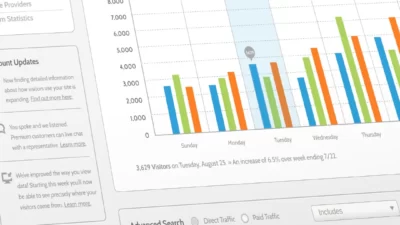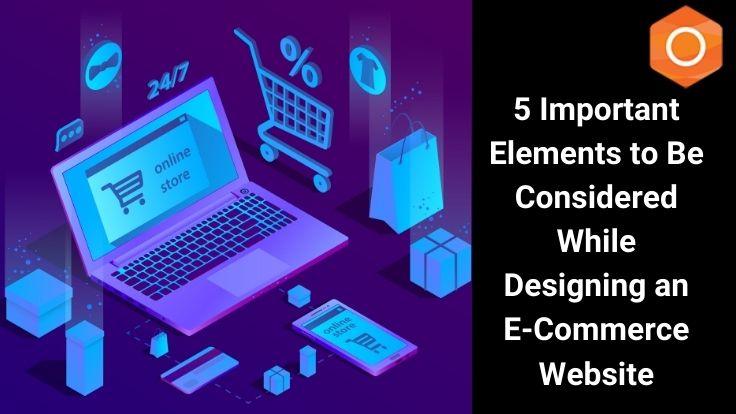The rise of voice assistants has been one of the most important technological developments in recent years. As more and more people rely on these devices for information, entertainment, and communication, their impact on search engine optimization (SEO) and content creation has become increasingly important. In this article we will explore the impact of voice assistants get in SEO and content creation.
The first thing to understand about voice assistants is that they rely heavily on natural language processing (NLP) and machine learning. This means that human speech can be understood and interpreted more accurately than traditional search engines. As a result, the way people search with voice assistants differs from the way they search with keyboards. Instead of typing in specific keywords, people ask a lot of conversational questions, using natural language and context to guide their questions.
For businesses, this means they need to change their SEO strategy to account for these changes in search behavior. In particular, they should focus on long-tail keywords and conversational phrases that are likely to match the way people search using voice assistants This requires hearing targets to understand them well and ask them questions to find out about their products or services.
Another important consideration for businesses is the role of feature snippets in voice searches. When people ask a question with a voice assistant, the device will usually read the answer found in a specified topic on a search engine results page (SERP) This means companies that can optimize their content to appear in those bits of the content of this is usually so in research results of sound Benefits.
To optimize content for displayed nuances, businesses focus on providing clear and concise answers to frequently asked questions about their products or services. This could include creating dedicated FAQ pages or including frequently asked questions in product descriptions or blog posts. By providing high-quality content that provides information about the specific needs of target audiences, businesses can increase the chances of being found in small displays and humanize them more have appeared on their website.
Another important aspect of content optimization for voice search is the need to focus on local search. Many people use voice assistants to find local businesses or services such as restaurants, stores, or professional services. This means businesses should ensure their websites and online content are optimized for local search, with up-to-date and accurate information about their location, opening hours, contact information, and searches
To optimize content for local search, businesses should focus on creating location-specific pages or articles relevant to their local audience. This could include creating blog posts highlighting local events or attractions, or including information about nearby or local locations in product descriptions or service pages By their community there knowledge and relevant exposure by businesses can attract more local customers and improve the chances of showing up in voice search results in local queries.
Finally, companies should also consider the role of voice assistants in production. As more people rely on voice assistants to consume content, businesses need to make sure their content is optimized for audio. This may include speaking clearly and concisely so that is easily understood when you are speaking loudly, or adding audio elements such as sound effects or music to enhance the audience.
To optimize content for audio users, developers should also consider using structured data and schema markup to help voice assistants understand the context and structure of their information underlined Add tags or metadata that identify the nature of the content (e.g. podcast, news article, recipe) and its additional context (e.g. author, date, source) and indicate that by providing structured data, businesses can improve the accuracy and relevance of their content in voice search results and improve their content in voice-assisted recommendations.
In conclusion, the rise of voice assistants has had a significant impact on SEO and content creation, companies need to change their strategies to leverage this trend by focusing on long tail keywords and conversational terms, the content will be optimized for local search for bits of information displayed through and attract more traffic and customers.
Note that voice assistants are still evolving, and their impact on SEO and content development can continue to evolve so businesses need to stay up to date with the latest trends and best practices in this area, and prepare them about changing their strategies as needed to compete in the internal voice search landscape.
Overall, the impact of voice assistants on SEO and productivity can’t be ignored, and businesses that can’t change are in danger of being left behind. By understanding the unique characteristics of voice search and optimizing their online presence accordingly, companies can tap into new and growing audiences and stay ahead in the rapidly evolving world of digital marketing.








